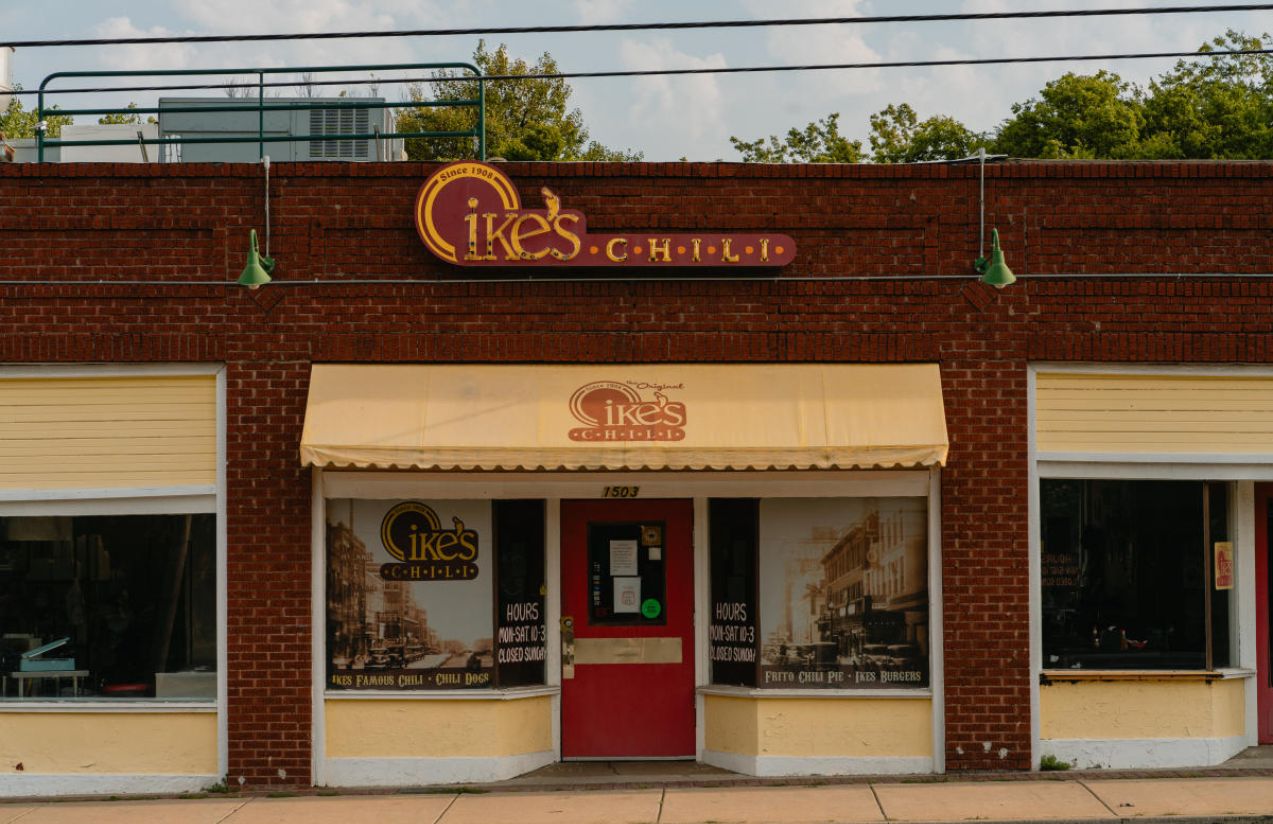Iconic restaurants like Ike’s Chili in Tulsa, Oklahoma, United States, operating for more than a century, are now cornered by a perfect storm: skyrocketing ingredient prices and customers unwilling to pay more. In recent years, wholesale ground beef prices have surged dramatically, putting even greater pressure on already slim profit margins.
It’s not just beef that’s becoming more expensive. Essential staples like coffee, eggs, and cocoa have also seen significant price hikes, squeezing restaurants that typically operate with profit margins of just 3% to 5%. At the same time, the industry is struggling with a severe labor shortage: since 2019, many owners report receiving only a handful of job applications compared to the dozens they used to get each day.
Customers, wary of the current economic outlook, are also cutting back. In 2025, restaurants and bars experienced one of the weakest sales growth periods in the past decade, even worse than the downturn during the pandemic.
![]()
Can restaurants continue operating under these extreme conditions?
Only if they reinvent their business model. From streamlining menus to reduce costs to improving operational efficiency, those able to balance quality and affordability may survive. Without urgent changes, however, many others could be forced to close their doors.













